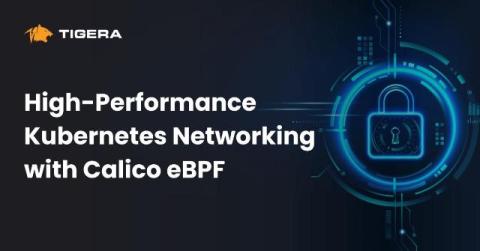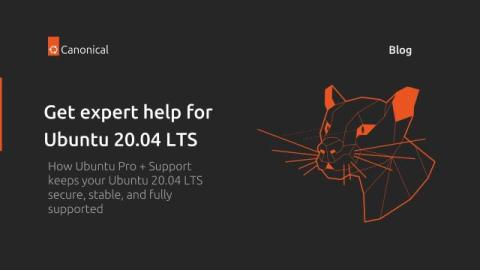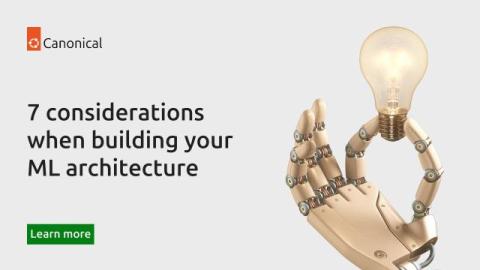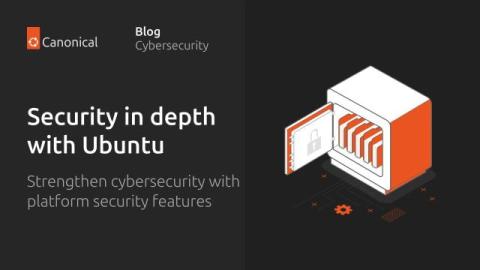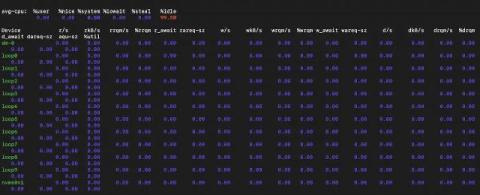Container attack surface explained
Have you noticed how open-source software has become essential to innovation in the cloud-native arena? Countless cloud-native applications are powered by open source, and they are often mission-critical for organizations across industries, ranging from small startups to large enterprises. However, there are inherent security risks associated with this reliance on external components, and this problem is only growing as container adoption continues to gain momentum.



